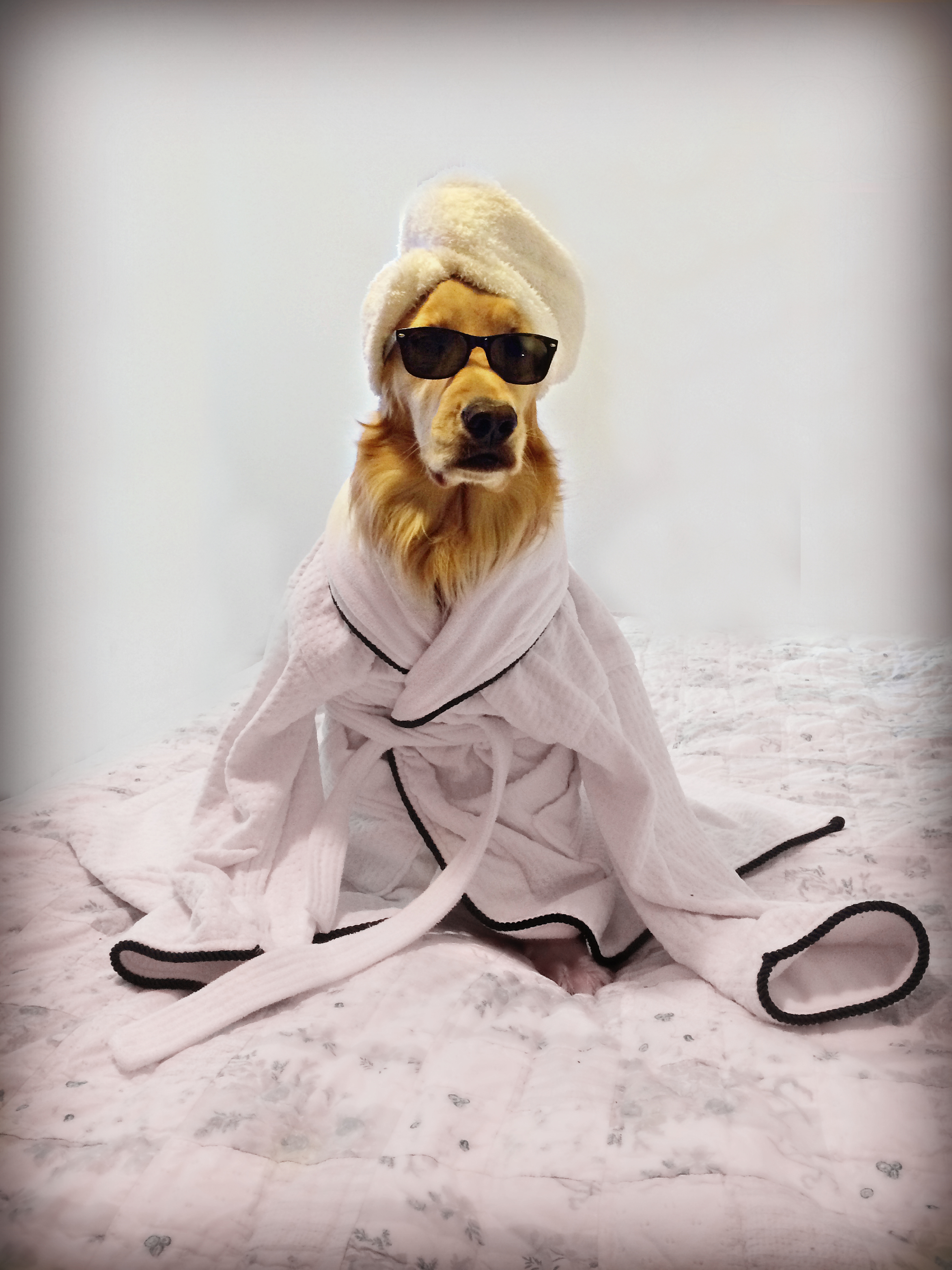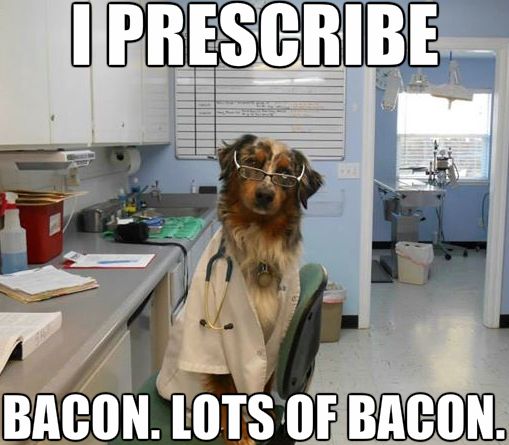A pretty reasonable question that I know most of us have asked ourselves at one time or another is: if I was having a mild allergic reaction, I wouldn’t have to go to the doctor, so do I need to every time my dog or cat has something like that happen?
Phrased another way: are there any general remedies that I can administer myself for my pet before going into the vet?
The simple answer is: yes, of course!
*DISCLAIMER*: But I would caution you, that since we can’t communicate with our animals quite the same as we can with people, if you have any doubts at all, you should still consult with your veterinarian. Your vet has spent a lot of time developing the skills to pick up on things in our non-communicating patients, so we are there to help when you’re not quite sure! When in doubt: have it checked out!
In a second we will get to some options that you can often consider in certain situations when you’re confident a vet visit might not be necessary! But first, a quick note on dosing medications:
IMPORTANT: You must make sure to weigh your pet in order to get the proper dose. If you only know your pets weight in pounds: in order to get the weight in kilograms, simply divide the weight in pounds by 2.2 and this will give you the weight in kg!
You wanna give me what? Just because I ate that bumble bee?!
Diphenhydramine (aka: Benadryl) – both for dogs and cats:
Dose: 2-4 milligrams per kilogram as often as every 8 hours (3 times per day)
Reasons for its use: Mild relaxation, Mild allergic reactions (ie: bug bites or stings, itching, hives)
Explanation: this medication is quite safe to use, with the main possible side effect being drowsiness. Drowsiness also happens to be one of the reasons some people use this medication for their pets. In some cases, the slight sedation that results from a dose of diphenhydramine is enough to help them relax in the car if they tend to be anxious!
Dimenhydrinate (aka: Gravol) – for both dogs and cats:
Dose: 4-8 milligrams per kilogram as often as every 8 hours (3 times per day)
Reasons for its use: Mild relaxation, motion sickness/nausea (ie: for long car rides)
Explanation: this medication is quite safe to use, with the main possible side effect being drowsiness. This, again, is a medication that people will sometimes use just for the sedative effects to help make car rides and stressful situations more tolerable. It has the added benefit of being an anti-nauseant, which can be helpful if that is playing into an anxiety related to car and/or boat rides.
Triple Antibiotic Ointment (aka: Polysporin ointment) – for both dogs and cats:
Dose/Reasons: ointment can be spread on well cleaned superficial wounds
Explanation: triple antibiotic ointment should never be used as the mainstay for a serious wound or injury to your pet, but it can serve a small purpose with mild superficial injuries. Much like for ourselves, if your pet has a small superficial wound, the most important thing to do is to keep it very clean (by rinsing with water and a gentle soap), and triple antibiotic ointment can then be spread on the clean wound in order to help it heal. These ointments do not tend to rapidly change the healing process, but do also serve as somewhat of a barrier to debris getting into the wound. They also do not pose major risks if your pet happens to try to lick them off.
Famotidine (aka: Pepcid) – for both dogs and cats:
Dose: 0.5 – 1 mg/kg every 12 – 24 hours, rounding to nearest 5 mg amount (ie: it is okay to give 5 mg to your average sized cat even if the calculated dose is 4 mg)
Reasons for its use: famotidine is an antacid that can benefit animals that have an issue with acid reflux
Explanation: this medication is NOT where you should turn if you have a pet that is all of a sudden vomiting regularly, or several times in a day, etc. However, it can be very beneficial for dogs that tend to get sick in the morning because of having an empty stomach overnight, or when they are recovering from a bout with a gastrointestinal drug. For this medication, it is probably still best to consult with your veterinarian before starting it, but it can be very helpful in some cases where mild acid reflux is the only culprit for signs your pet may be experiencing J
Glucosamine/Chondroitin/MSM – for both dogs and cats:
Dose: approximately 15 mg/mg of the CHONDROITIN component (the amounts of the other medications mixed in are okay as long as the chondroitin is dosed correctly) – given once daily
Reasons for its use: to promote joint health and help prevent progression of already present joint disease
Explanation: this remedy is more of a supplement than a medication, but can make a very big difference for animals in terms of preventing and easing joint discomfort. Of course it is not always adequate when joint disease has progressed, but it is not harmful to your pet and can be a great way to help them be comfortable for longer! It is safe to use, and can be purchased from a veterinarian, at a regular pharmacy, and at some reputable pet stores as well. If your pet does not like pills, it can be obtained through your veterinarian as a powder or liquid as well!
Excellent, I'll just stay right here then.
That is a little list of some things you can do for your pets that often won’t require bringing them into a clinic if the issues are minor, but as mentioned before, it is VERY important that if you have any doubts at all in your mind you should still contact your vet! Oftentimes, your questions can be answered by the techs and receptionists working at the clinic, so the option to call is ALWAYS there!
Please trust us that we aren’t trying to make things difficult for you by suggesting a visit with your vet when it comes to giving them medications, as their body systems don’t work the same as ours so we are just trying to make sure that we are keeping them safe! It will always be easier (and less expensive) to have proper assessment and treatment than it will be to deal with the consequences of giving them something they shouldn’t receive!
One of the biggest examples of this is pain medication – NEVER administer a pain medication of any type to your pet without consulting with a veterinarian! They do not process many of these medications the same way that we do, and this can result in very severe illness, and even death.
Please don’t hesitate to give us, or your own vet, a call if you have any questions at all about any of these options, or others you have come across. We are happy to help educate people so that they can take the very best care of their pets possible!



















